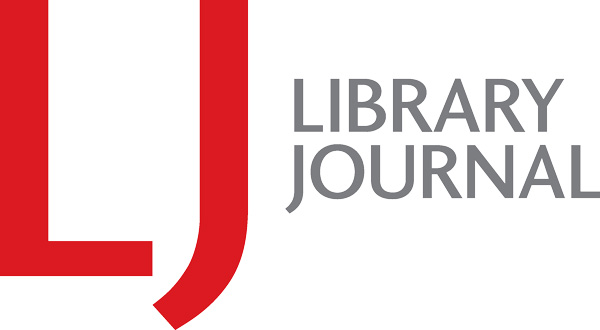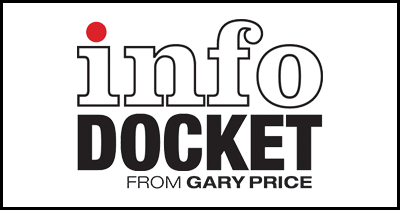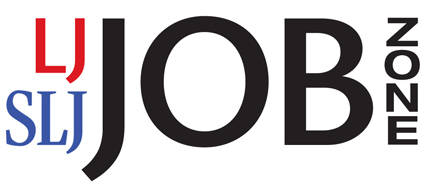Three New Studies from EC: “Open Access to Research Publications Reaching ‘Tipping Point'”
Note: Studies mentioned below are available online and linked to at the bottom of this post.
From the European Commission:
The global shift towards making research findings available free of charge for readers—so-called ‘open access’—was confirmed today in a study funded by the European Commission. This new research suggests that open access is reaching the tipping point, with around 50% of scientific papers published in 2011 now available for free. This is about twice the level estimated in previous studies, explained by a refined methodology and a wider definition of open access. The study also estimates that more than 40% of scientific peer reviewed articles published worldwide between 2004 and 2011 are now available online in open access form.
[Clip]
The study looked at the availability of scholarly publications in 22 fields of knowledge in the European Research Area, Brazil, Canada, Japan, and the United States.
In several countries and disciplines more than 50% of papers are now available for free.
Free availability of the majority of articles has been reached in the fields of general science and technology, biomedical research, biology and mathematics and statistics. The fields where open access availability is most limited are the social sciences and humanities and applied sciences, engineering and technology.
The study was undertaken by Science-Metrix, a research evaluation consultancy.
The study included the 28 EU Member States, as well as Switzerland, Lichtenstein, Iceland, Norway, Turkey, The Former Yugoslav Republic of Macedonia, Israel, Brazil, Canada, Japan and United States of America.
Two other reports by the same group were also released today, examining open access policies and the issue of open access to data.
Concerning open access policies, the report found that the majority of 48 major science funders considered both key forms of open access acceptable: open access publications in journals (referred to as “gold” and “hybrid” open access) and self-archiving (referred to as “green” open access). More than 75% accepted embargo periods – that is the gap between a publication and it becoming freely available – of between six to 12 months.
The third study found however that there are currently still fewer policies in place for open access to scientific data than for open access to publications. Open access to research data is rapidly evolving in an environment where citizens, institutions, governments, non-profits and private companies loosely cooperate to develop infrastructure, standards, prototypes and business models. Under Horizon 2020, the EU’s Research & Innovation funding programme for 2014-2020, the Commission will also start a pilot on open access to data collected during publicly funded research, taking into account legitimate concerns related to the grantee’s commercial interests, privacy and security.
Direct to Three Studies (Full Text)
1. Proportion of Open Access Peer-Reviewed Papers at the European and World Levels—2004-2011 (31 pages; PDF)
2. Open Access Strategies in the European Research Area (54 pages; PDF)
3. Open Data Access Policies and Strategies in the European Research Area and Beyond (22 pages; PDF)
Filed under: Data Files, Funding, Journal Articles, News, Open Access, Reports
About Gary Price
Gary Price (gprice@gmail.com) is a librarian, writer, consultant, and frequent conference speaker based in the Washington D.C. metro area. He earned his MLIS degree from Wayne State University in Detroit. Price has won several awards including the SLA Innovations in Technology Award and Alumnus of the Year from the Wayne St. University Library and Information Science Program. From 2006-2009 he was Director of Online Information Services at Ask.com.


